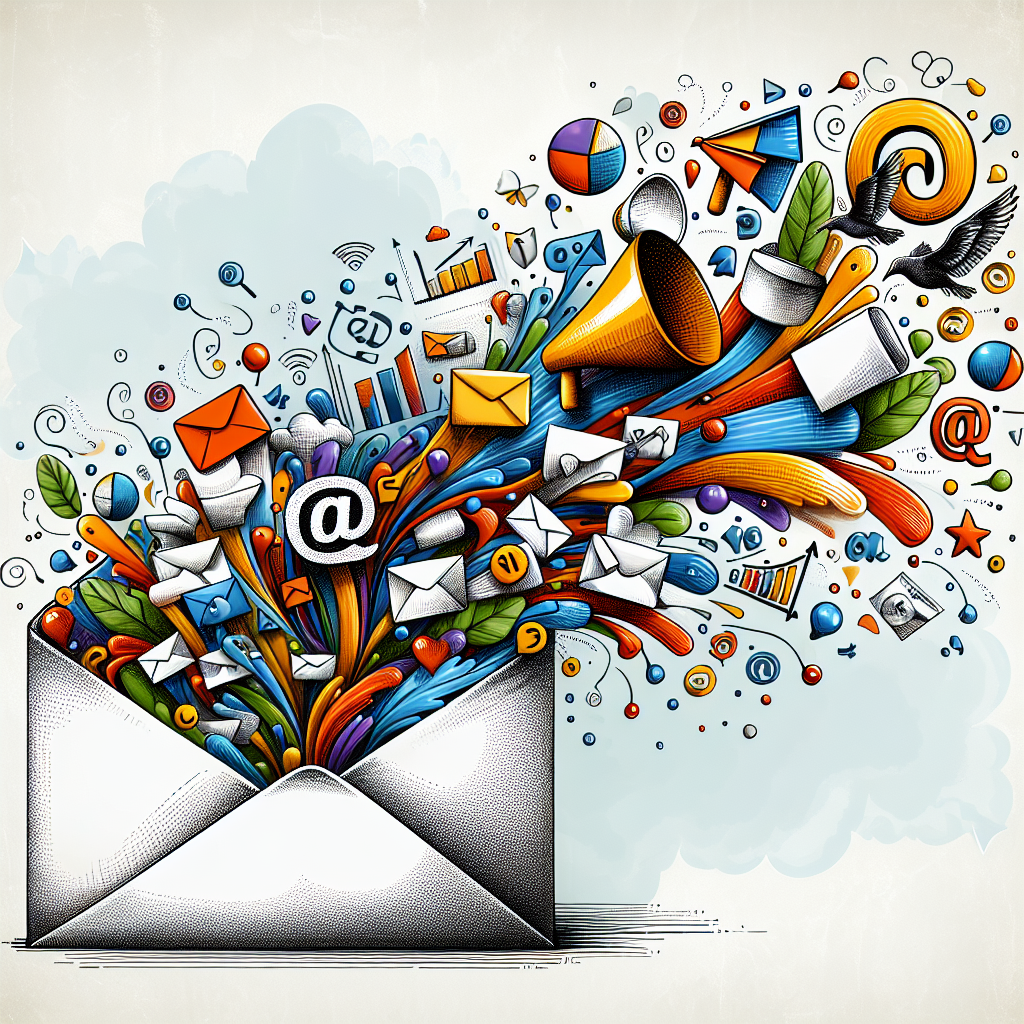
Unlocking the Power of Email Marketing: Strategies for Success in 2025
In an era where digital marketing strategies are continuously evolving, email marketing remains a cornerstone of effective communication between businesses and their audience. Despite the rise of social media and other digital marketing avenues, email marketing holds strong with an impressive ROI due to its directness, personalization capabilities, and wide reach. Here’s a comprehensive dive into the world of email marketing, detailing its benefits, strategies, best practices, and future trends.
Why Email Marketing Still Dominates
Email marketing’s longevity in the digital marketing field is not by chance. Here’s why it continues to be a pivotal tool:
- Reach: Email has billions of users worldwide. Virtually every online consumer has an email address, making it one of the most direct forms of reaching customers.
- Cost-Effectiveness: Compared to other marketing channels, email marketing offers a high return on investment. The cost per contact is minimal, especially when considering the potential reach and engagement rates.
- Customization and Personalization: Modern email marketing platforms allow for incredibly personalized campaigns. Segmentation and personalization can lead to higher open and conversion rates.
- Analytics and Optimization: With email marketing, every aspect of the campaign can be tracked — from open rates to click-through rates, providing clear insights into customer behavior.
- Automation: Email marketing can be fully automated, allowing businesses to send timely messages like welcome emails, birthday wishes, or follow-ups on abandoned shopping carts without manual intervention.
Strategies for Effective Email Marketing
- Building Your Email List:
- Opt-In Forms: Make sure they are visible but not intrusive. Pop-ups, sidebar forms, or at the end of blog posts can work well.
- Value Exchange: Offer something in return for an email subscription, like discounts, free guides, or webinars.
- Compliance: Always ensure your methods comply with laws like GDPR and CAN-SPAM.
- Segmentation:
- Segment your list based on behavior, preferences, or demographics to tailor your messaging for different audience segments.
- Crafting the Message:
- Subject Lines: They should be compelling but not misleading. Aim for personalization or curiosity.
- Content: Keep it relevant, engaging, and concise. Use a mix of educational, promotional, and entertainment content.
- Call to Action (CTA): Be clear about what you want the reader to do next. Make it straightforward and compelling.
- Design and Deliverability:
- Design emails that are mobile-friendly. Most emails are now opened on mobile devices.
- Ensure your emails are not marked as spam by avoiding trigger words, keeping a balance in text-to-image ratio, and authenticating your email domain.
- Automation and Personalization:
- Use triggers for sending emails at optimal times, like when a user signs up or leaves items in their cart.
- Personalize content based on user activity, purchase history, or any data collected.
- A/B Testing:
- Regularly test different elements of your emails (like subject lines, CTA buttons, content types) to see what resonates best with your audience.
Best Practices for Email Marketing
- Consistency: Maintain a regular sending schedule so your audience knows when to expect your emails.
- Quality Over Quantity: It’s better to send fewer high-quality emails than to spam your subscribers with daily blasts.
- Engagement: Keep your emails interactive. Use polls, surveys, or reply mechanisms to encourage engagement.
- Respect Unsubscribe Requests: Make unsubscribing easy and honor requests promptly to maintain your sender’s reputation.
- Mobile Optimization: Ensure all emails are readable on smartphones, considering text size, button sizes, and layout.
Future Trends in Email Marketing
- AI and Machine Learning: Increasing use of AI for deeper personalization, predicting the best times to send emails, and generating content.
- Interactive Emails: Incorporation of interactive elements like calendars, games, or even mini-apps within emails.
- Voice Optimization: With the rise of smart devices, optimizing emails for voice reading will become more prevalent.
- Augmented Reality: Expect more brands to use AR in emails, offering interactive experiences or product visualizations.
- Privacy and Security: As regulations tighten, brands will need to be more transparent about data usage and provide robust security measures.
Conclusion
Email marketing, when done right, can be a powerhouse in your marketing strategy, providing a direct line of communication that is both personal and scalable. By embracing the strategies and best practices outlined above, businesses can maximize their engagement rates, enhance customer loyalty, and drive conversions. As we move further into 2023 and beyond, staying adaptable to new technologies and trends while keeping the customer experience at the heart of your email campaigns will continue to define the leaders in email marketing.
Remember, the key to success in email marketing is not just sending emails but sending the right message at the right time to the right person. With the tools and insights available today, crafting an effective email marketing strategy is more accessible than ever, promising enduring returns for businesses of all sizes.
Want A Massive Responsive Email List Quickly? Go Here Now